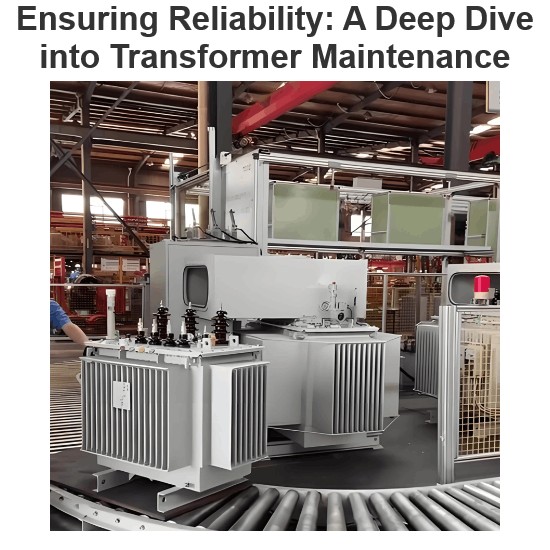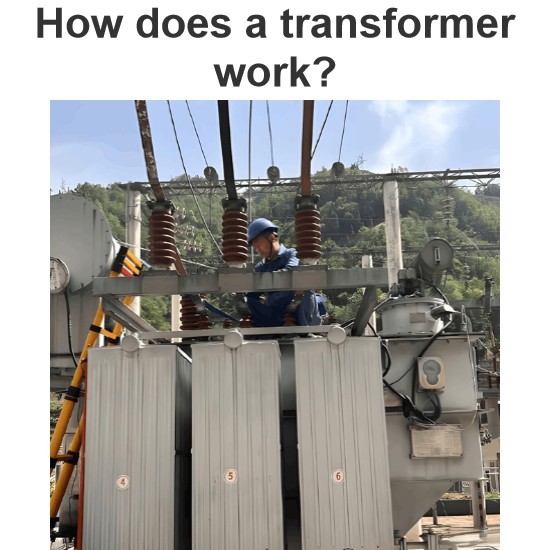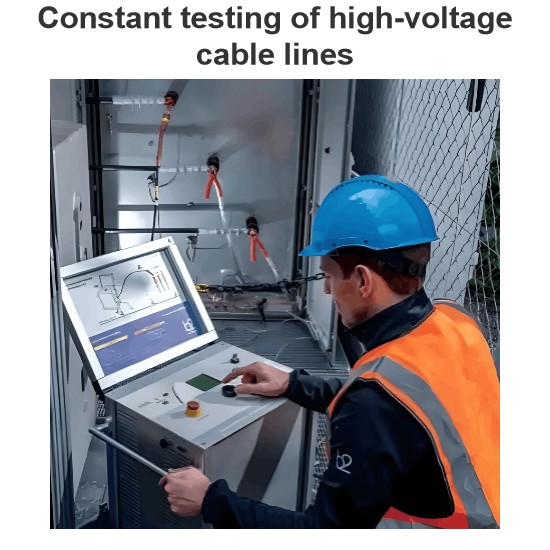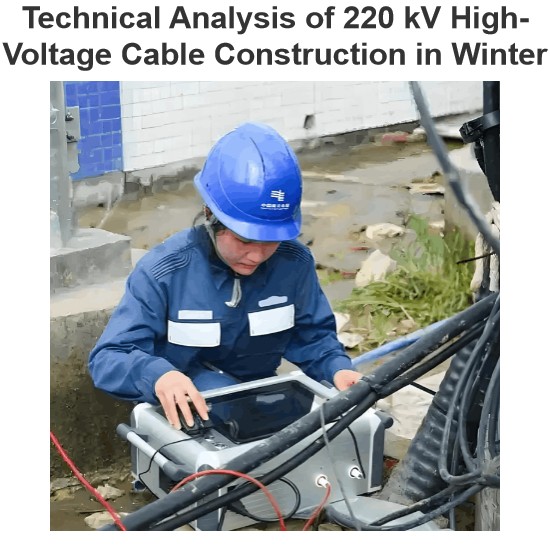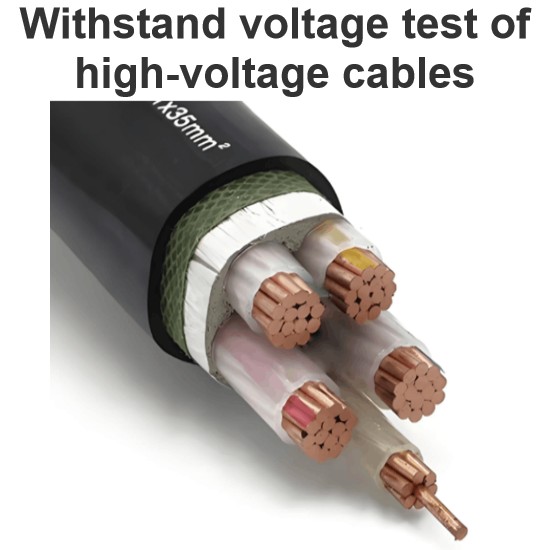| Brand | ROCKWILL |
| Model NO. | Fully automated, maintenance-free 32 step voltage regulator for distribution lines |
| Rated voltage | 11kV |
| Rated frequency | 50/60Hz |
| Rated capacity | 220kVA |
| Series | VR |
Product Introduction
The 32-Step Voltage Regulator is a fully automated, maintenance-free voltage regulator for distribution lines. This voltage regulator is designed to improve the voltage quality of the 10 kV to 35 kV distribution network, ensure that the line voltage meets the requirements, and continuously monitor the load-side voltage via a microprocessor and automatically change the voltage level to control the line voltage within the target range.






